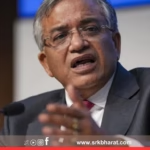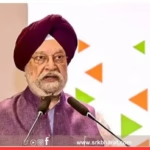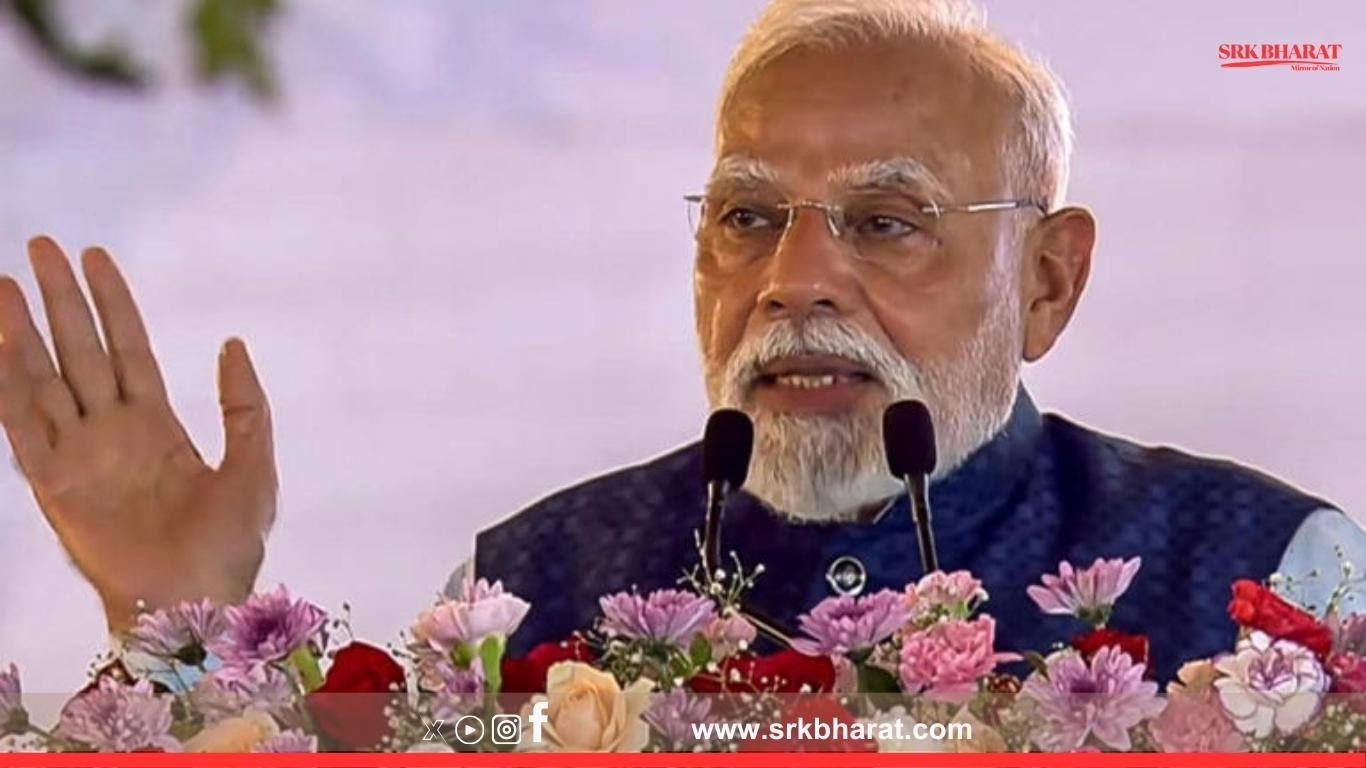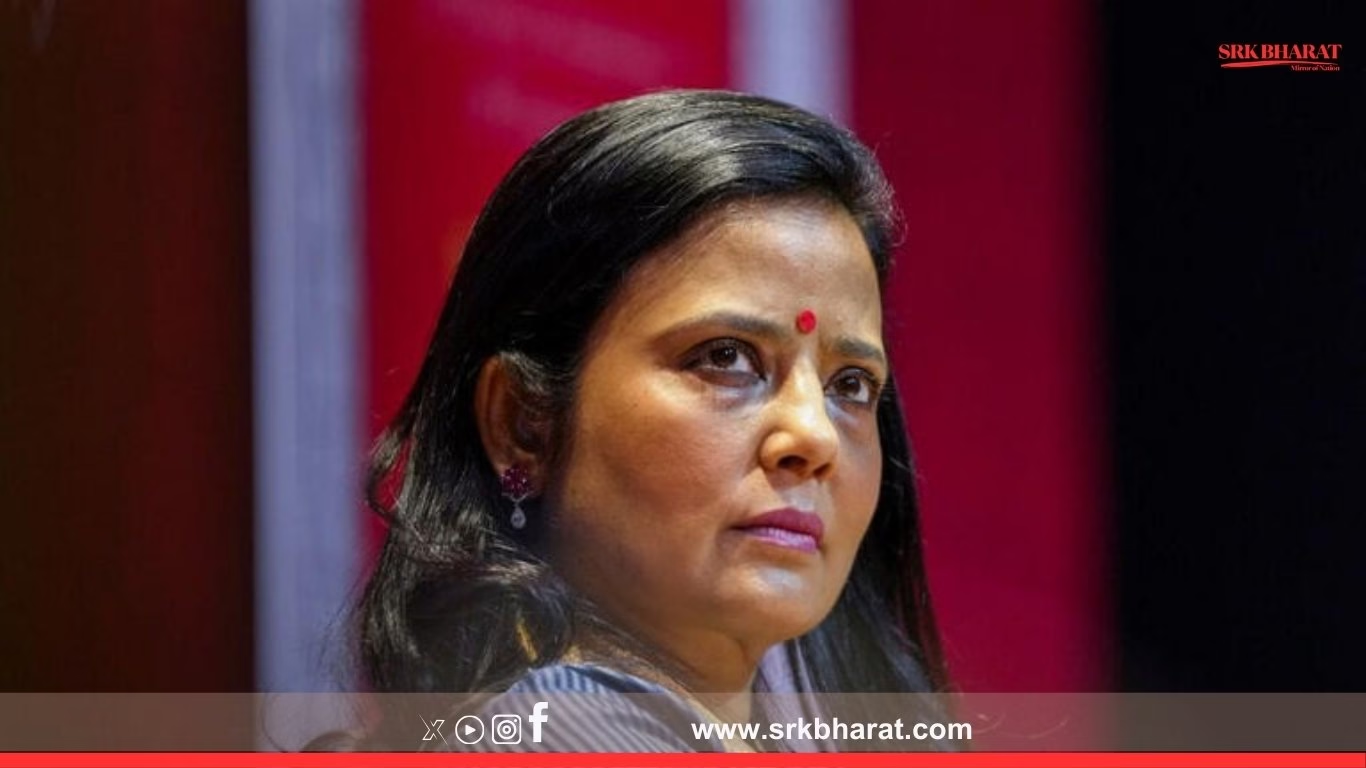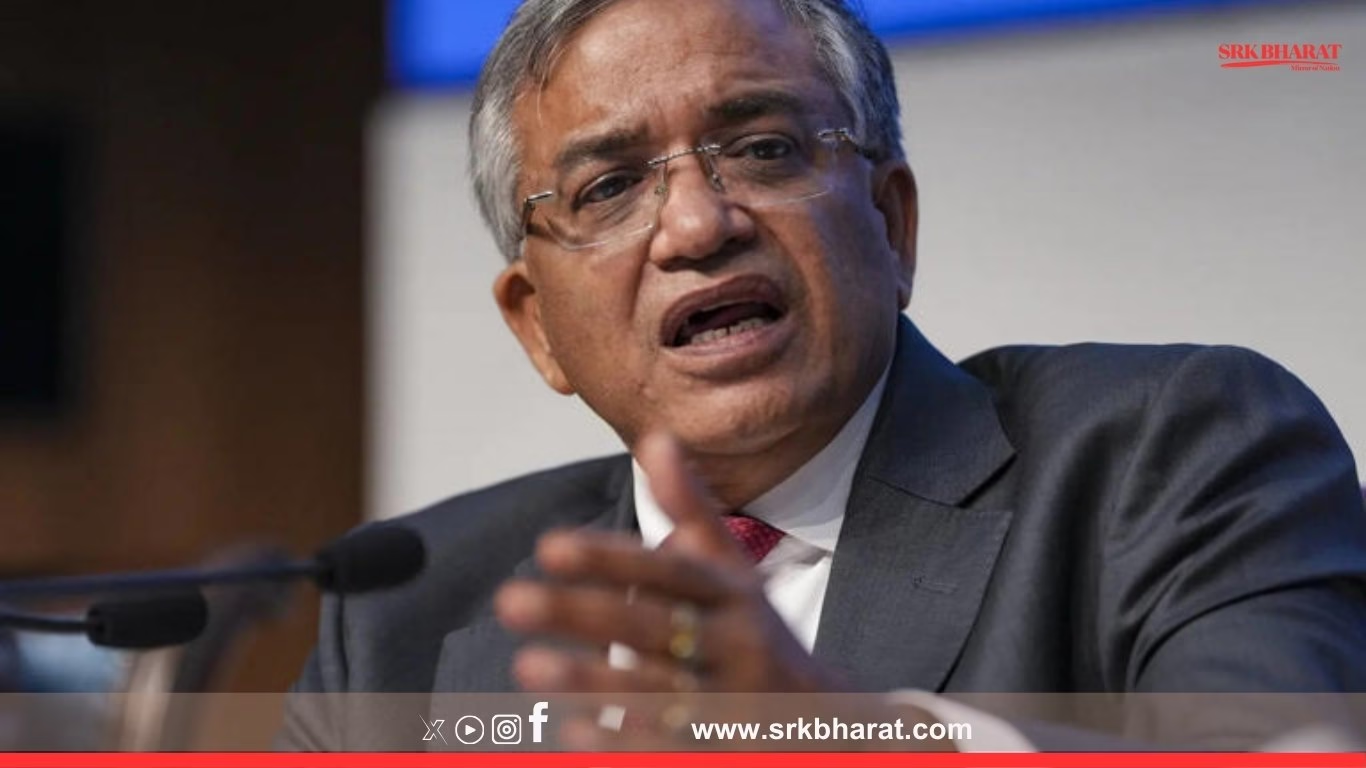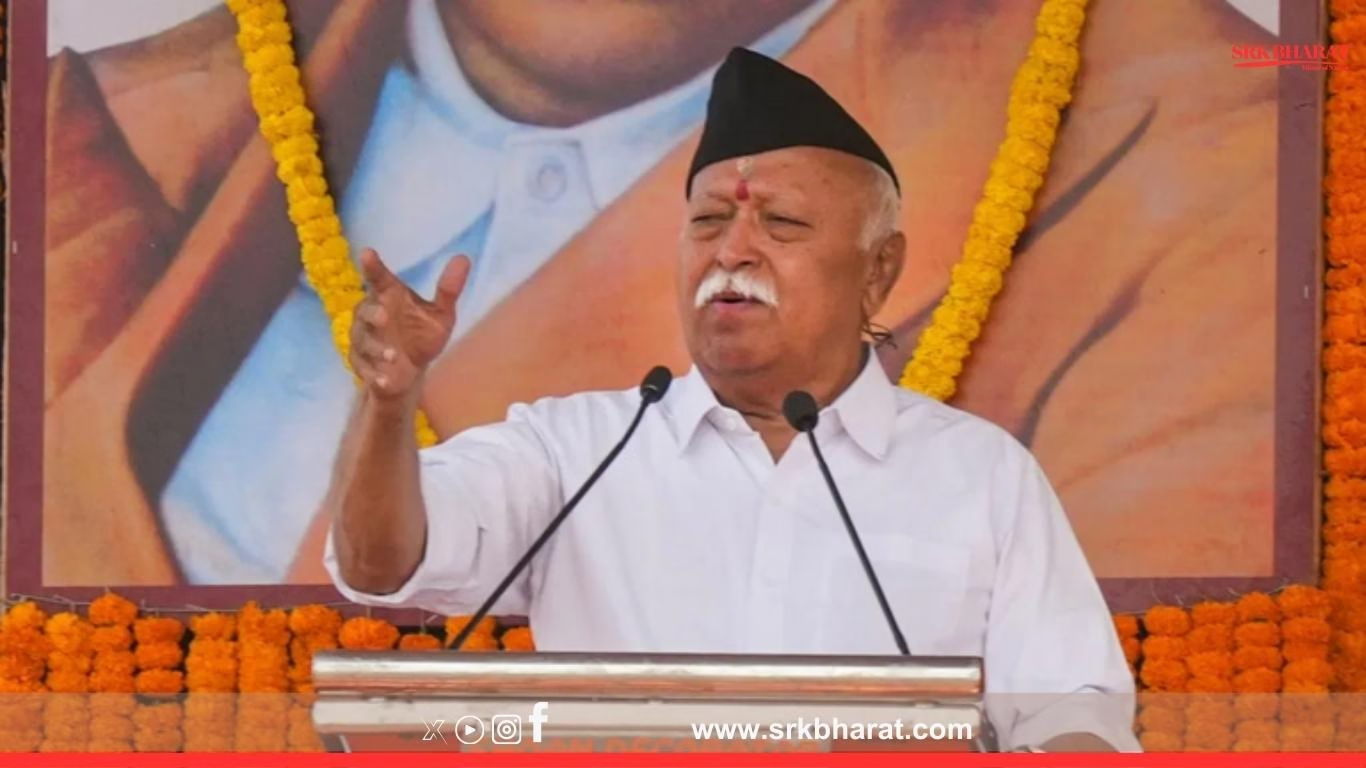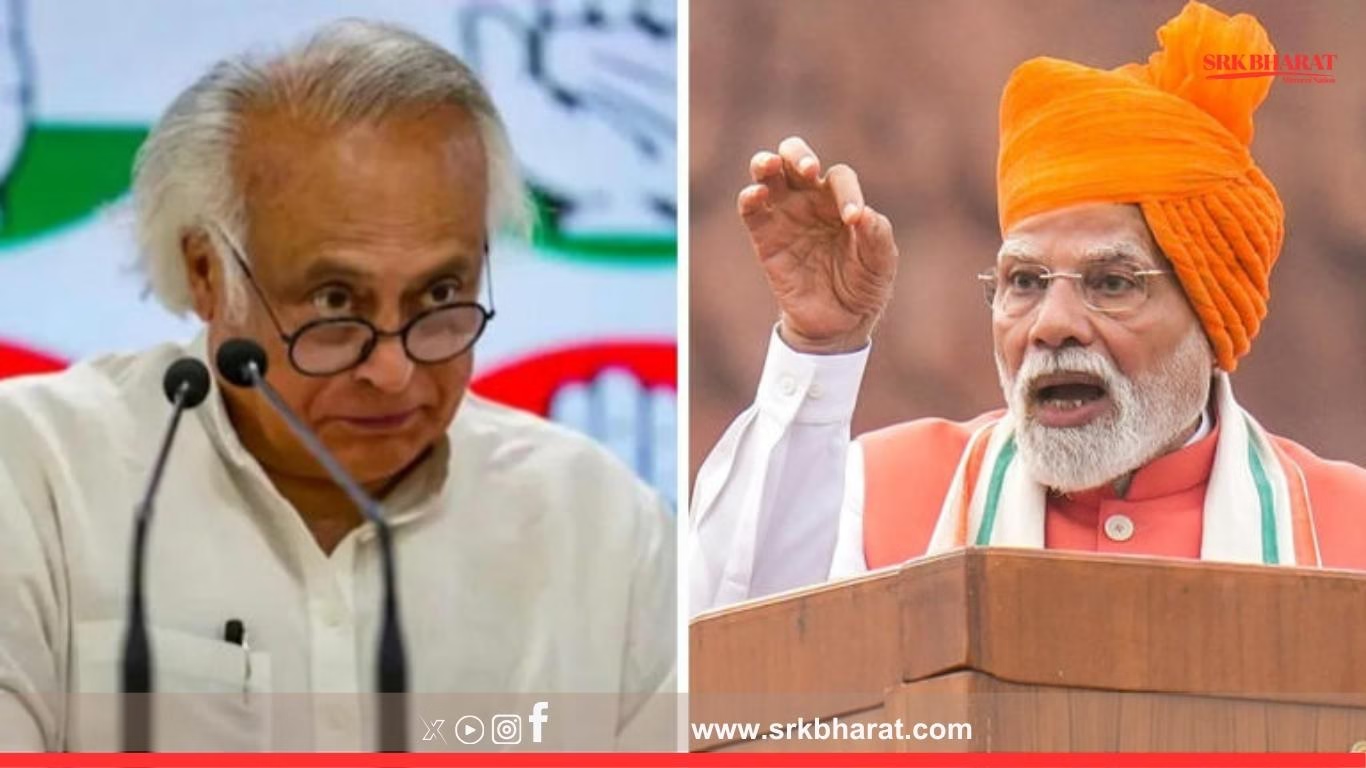In a strong message to both Indian citizens and global trade partners, Prime Minister Narendra Modi has reiterated his call for ‘Vocal for Local’, urging people to trust Indian goods and support indigenous industries. This comes at a time when Donald Trump’s proposed tariffs on foreign imports, if implemented, could disrupt global trade dynamics and impact India’s export markets.
PM Modi highlighted that while external factors such as tariffs and shifting trade policies pose challenges, they also provide an opportunity for India to strengthen self-reliance and build domestic resilience. His emphasis was clear — “If India trusts its own products, the world will follow.”
Why ‘Vocal for Local’ is in Focus Now
The global trade landscape is facing turbulence due to rising protectionist measures, and Trump’s stance on tariffs has once again put international exporters on alert. For India, which has been working to expand its export base in textiles, electronics, and agriculture, such measures could slow down growth in certain markets.
However, PM Modi’s message to trust Indian-made products is not just about shielding India from external shocks but about creating a robust internal market. The government believes that if Indian consumers prioritize local goods, it will drive production, create jobs, and improve the economy’s resilience against global uncertainties.
Key Drivers Behind Modi’s Push
- Trade Uncertainty Due to Tariffs – Trump’s tariff proposals may lead to reduced demand for Indian exports in the US.
- Boost to MSMEs – Small and medium enterprises form the backbone of Indian manufacturing and need stronger domestic demand.
- Atmanirbhar Bharat Vision – The government’s larger strategy to build a self-reliant India depends on stronger local manufacturing.
- Job Creation – Strengthening local industries is expected to generate more employment opportunities.
- Global Supply Chain Shifts – With tensions around China, India has a chance to position itself as a reliable global manufacturing hub.
Sector-Wise Impact of Tariffs and Local Push
| Sector | Potential Tariff Impact (US Market) | Opportunity for Local Growth in India |
|---|---|---|
| Textiles & Apparel | Higher costs for Indian exporters in US | Rising domestic fashion & clothing demand |
| Electronics | Tariff restrictions could hit exports | Government PLI schemes for local production |
| Agriculture | Limited access to US markets | Rising consumption of organic/local produce |
| Automobiles | Increased export costs | Push for ‘Make in India’ EV and auto parts |
| Pharmaceuticals | Tariff uncertainty in regulated markets | Boost to Indian healthcare & generic medicine demand |
This shift indicates that while exporters may face challenges abroad, the domestic market can act as a cushion if properly supported.
Government Measures to Strengthen Local Goods
PM Modi’s call is backed by several policy initiatives aimed at reducing import dependency and encouraging local consumption:
- Production Linked Incentive (PLI) Schemes – Incentivizing domestic manufacturing in electronics, mobiles, textiles, and auto components.
- Make in India 2.0 – Renewed focus on global competitiveness of Indian goods.
- Digital India & Startup Push – Enabling technology-driven Indian companies to scale globally.
- Skill Development Initiatives – Preparing the workforce for manufacturing and service exports.
- Ease of Doing Business Reforms – Simplifying compliance and reducing red tape for manufacturers.
Indian Consumers at the Core of the Campaign
A major part of PM Modi’s ‘Vocal for Local’ message is directed at Indian consumers. The logic is simple: If Indians adopt local goods in daily life, from clothing to electronics, it will create demand that strengthens industries and provides them with the scale to expand globally.
Consumer studies suggest that younger buyers are increasingly brand-conscious, yet there is a growing pride in “Made in India” products, especially after the pandemic. This consumer sentiment could become the backbone of the campaign.
Economic Potential of Local Manufacturing
India’s economy stands to gain significantly if local production and consumption are scaled up.
| Scenario | GDP Contribution of Manufacturing | Employment Growth | Export Potential |
|---|---|---|---|
| Current | ~17% | Moderate | $780 billion (2024) |
| With Strong Local Push | 22–25% by 2030 | 20–30% more jobs | $1.5–2 trillion by 2030 |
This projection suggests that local manufacturing is not just about import substitution but about export expansion once Indian goods gain domestic and global trust.
Industry Response to Modi’s Call
- MSME Sector: Welcomed the move, calling it a “lifeline” for small businesses struggling with global market fluctuations.
- Exporters: Expressed caution, stressing that while domestic demand is vital, trade facilitation reforms must continue to make India competitive abroad.
- Consumers: Social media trends show a growing inclination toward Indian brands in fashion, FMCG, and home appliances.
Challenges Ahead
Despite the optimism, experts warn of hurdles that must be overcome:
- Quality Standards – Indian products need to consistently meet global benchmarks.
- Price Competitiveness – Imported goods, especially from China, often undercut Indian products.
- Logistics & Infrastructure – To make local goods more competitive, supply chains must improve.
- Export Market Diversification – India must look beyond the US and EU to emerging markets.
If these challenges are addressed, PM Modi’s call could turn into a national economic movement that reshapes India’s trade and industry.
Conclusion
PM Modi’s renewed emphasis on ‘Vocal for Local’ amid Trump tariffs is a timely reminder that India’s economic strength lies in self-reliance backed by global competitiveness. While protectionist measures abroad may pose short-term challenges, India has the opportunity to turn inward demand into a springboard for global expansion.
The Prime Minister’s message — “Trust Indian Goods” — is not just a slogan but a strategic blueprint for India’s economic future. With the right mix of policy reforms, consumer support, and industry innovation, India can withstand external trade shocks while building a stronger, self-reliant economy.
Disclaimer: This article is based on policy announcements, trade trends, and expert insights. The actual impact of tariffs, consumer behavior, and government measures may vary depending on global economic conditions and domestic execution.


